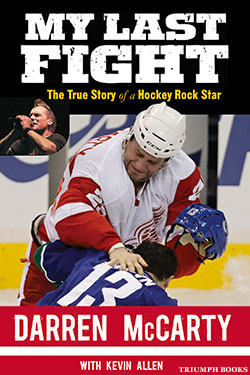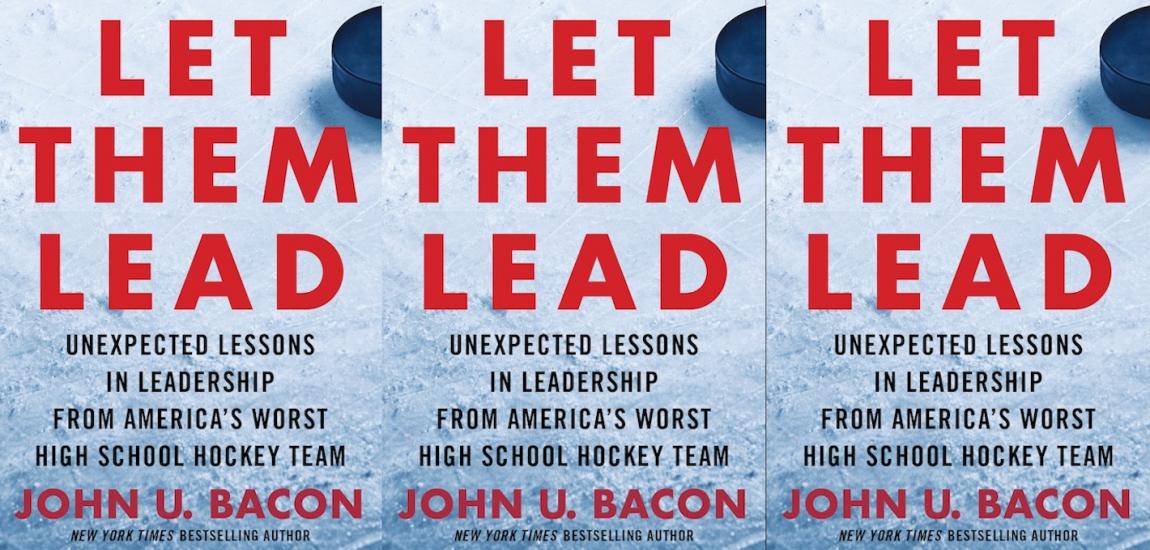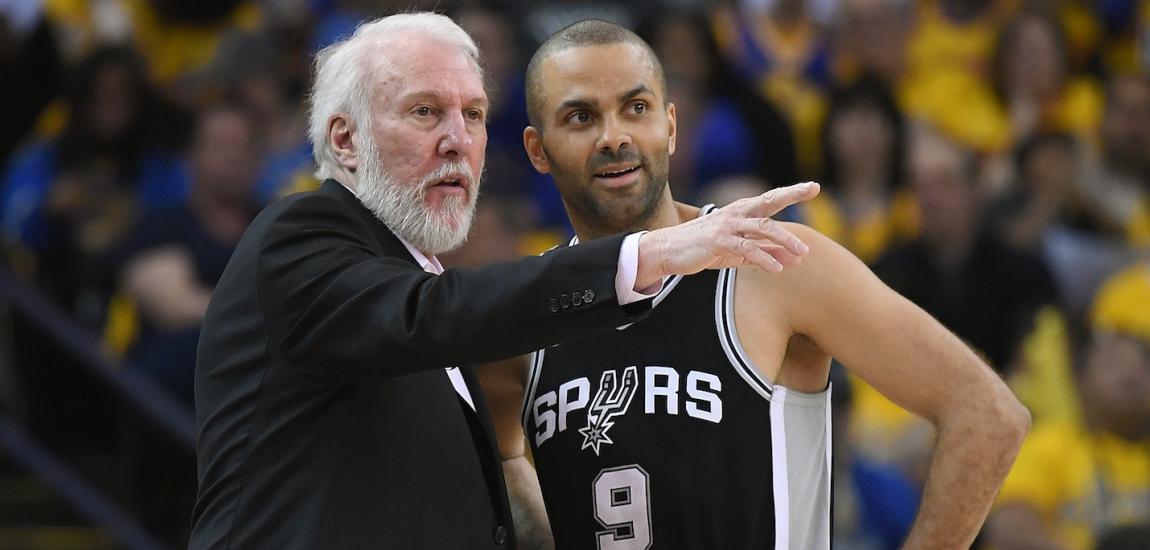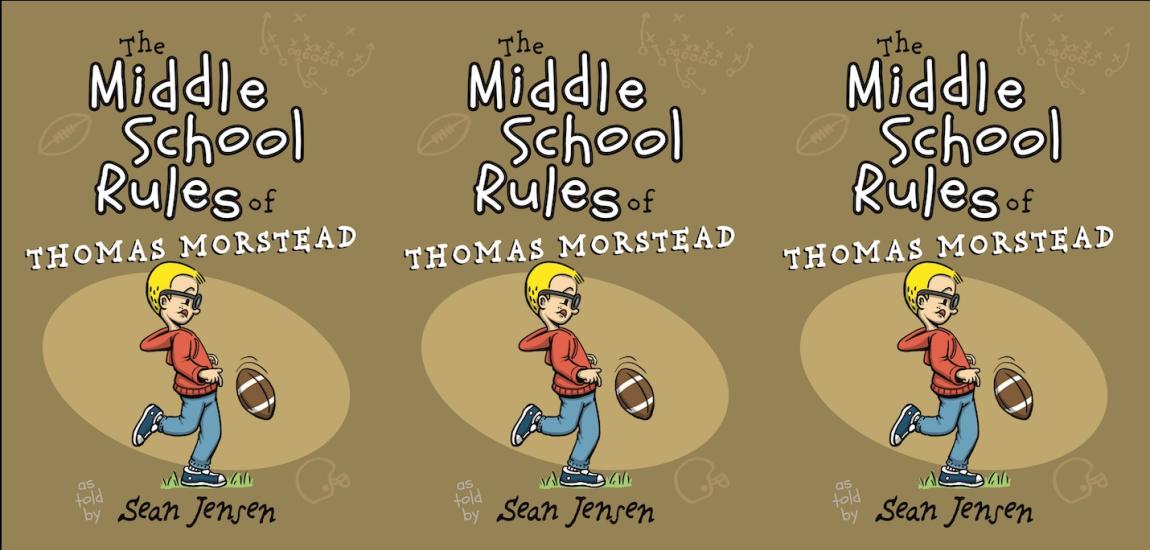Darren McCarty was one of the NHL's most rugged competitors. Forming the Grind Line with teammates Kris Draper and Kirk Maltby, McCarty helped the Red Wings win four Stanley Cups. He also played an instrumental role in the Red Wings' intense rivalry with the Colorado Avalanche. In his new book, My Last Fight: The True Story Of A Hockey Rock Star with veteran USA Today hockey writer Kevin Allen, McCarty tackles substance abuse, bankruptcy, divorce and, in this excerpt, his encounters with Claude Lemieux.
If you want to appreciate how much anger I was carrying when I went after Claude Lemieux on March 26, 1997, take a close look at my left fist in the famous photo where Lemieux appears to be "turtling."
My fist is so tightly wound that there is a stress indentation that runs down from hand to my forearm.
Many times since then I’ve tried to ball my fist tight enough to reproduce that stress line. I’ve never been able to do it.
Even though I fought close to 200 times during my professional hockey career, it’s fair to say that I brought more intensity and anger to the Lemieux confrontation than any bout I ever had.
Years later, Lemieux told me that the first blow I delivered was the hardest punch he ever received. During my career, there were other times when I wanted to pound the shit out of an opponent, but I'd never wanted to hurt anyone as much as I wanted to hurt Lemieux.
My NHL career included 758 regular season games played, but this was the contest that defined my career. Although I have a Stanley Cup–clinching goal, this game is probably the most memorable game I ever played. It's the game that fans ask me about the most.
Some fans don't even remember that I also scored 39 seconds into overtime to give us a 6–5 come-from-behind win over the Avalanche.
They just recall that I avenged Kris Draper’s broken jaw and other injuries by taking down Lemieux.
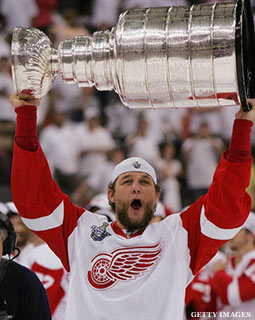
The “Bloody Wednesday" game, as it has been called, was certainly the wildest game I was ever involved in. When the buzzer sounded to end that contest, the two teams had combined for 18 fighting majors.
My memorable first-period encounter with Lemieux almost didn't happen because Colorado defenseman Adam Foote grabbed me just as all hell was starting to break loose. He was strong as an old bear, and he had a tight grip on me. But Brendan Shanahan came over and gave Foote a double-arm chop.
That broke me free from Foote. It was like letting a dog off the leash.
I took a direct path toward Lemieux. It was written, and said, that Lemieux never saw me coming. But that's untrue. I can tell you that I looked him directly in the eyes before I hit him. I wanted him to know my anger. I didn’t sucker punch him, as some have written. I coldcocked him.
When he went down, he ended up in what hockey players call the "turtle” position. He was covering his head with his arms. Again, much later, he told me that he wasn’t turtling. He had momentarily been knocked out by the punch, and was trying to regain his senses.
Meanwhile, I was trying to hurt him. I was throwing punches and trying to slam his head into the ice. I dragged him over to the boards so Kris Draper could have a good look.
Undoubtedly, that moment was what Detroit fans had been anticipating. In the Detroit News that morning, a sports column had been published bearing the headline A Time For Revenge.
Accompanying the article was a photo of Lemieux made to resemble a wanted poster. It gave information about Lemieux’s alleged crimes, such as "likes to attack from behind."
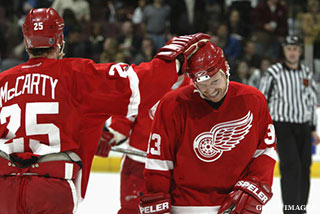
NHL executive Jim Gregory and security director Dennis Cunningham both attended the game with the hope of discouraging any potential trouble.
Everyone seemed to be sure that March 26 was going to be the night that I was going to try to settle the score. The funny part of that story is that I didn’t truly know that was going to be the night.
I was positive that at some point I was going to exact revenge on Lemieux because of what he did to Draper. But I planned on picking my spot to accomplish that objective. Shanahan had taught me that being a good teammate also meant knowing the right time to settle a score.
You don’t want to put your team in a bad position because of a personal grudge.
Draper would testify to the truth that he and I only had one conversation about me going after Lemieux and that came when I picked him up from the hospital.
This was not the first time we had played the Colorado Avalanche in Detroit after the Draper injury. We'd already played them three times that season, and we had lost all three games. But Lemieux was injured for the first two games, and I didn't want it to happen in Denver. If I was going to make Lemieux pay for his attack on Draper, it was going to be for our fans to see live.
When this book was being written, my former teammate Aaron Ward was interviewed and pointed out that he had driven to the game with Draper and me and that there had been no discussion about the game turning into a brawl.
In fact, Ward said that he had wished that I had warned him of my intentions because he would have liked to have better prepared for the gladiator-like combat that ensued that night. I didn’t warn Ward because I didn’t know for sure that would be the night. We needed to win that game and I felt like I shouldn’t do anything to jeopardize our chances to win.

But as the game progressed, it evolved into the right time to make Lemieux pay the price for his indiscretion.
If Lemieux wants to be angry at anyone for what happened that night, he should be mad at Forsberg, because it might not have started had he not decided to tangle up with Larionov. As soon as that skirmish broke out, I was looking for Lemieux.
This game wasn’t just about me settling up with Lemieux. It was about the Red Wings making the Avalanche understand that we were ready to do whatever it took to run them over en route to a championship.
This was the game where we realized who we were, and what we were about.
Bloody Wednesday was the event that brought us together as a team.
Maybe some look at the game and see mayhem. What I see is the Red Wings standing up for each other. There is nothing that builds team unity more than fighting shoulder-to-shoulder.
The fight card started with Jamie Pushor scrapping with Colorado defenseman Brent Severyn at 4:45 of the first period, and then my linemate Kirk Maltby took on Rene Corbet at 10:14.
The funny thing about the main event brawl is that it was triggered by a minor skirmish between Colorado’'s Peter Forsberg and Detroit's Igor Larionov. These were two unlikely combatants. You certainly wouldn't expect that gentlemanly Igor would light the match that caused the game to explode.

Forberg and Larionov collided along the boards with 1:38 left in the first period, and then started wrestling. The bell sounded in my head.
After Shanahan helped me break free from Foote, a linesman grabbed me by the jersey. But I pulled free, and homed in on Lemieux. Once I had dragged him over to the boards, I also drove my knee into his head. The anger I had for him was real.
While my Lemieux ass-whipping was in progress, I had no idea that Mike Vernon and Brendan Shanahan were in the midst of their own battles.
When Shanahan saw Patrick Roy roaring from his net to defend Lemieux, he intercepted him with a full-speed collision in the middle of the ice. That prompted Foote to come to Roy’s aid, and then Vernon abandoned his net to help Shanahan. Then Vernon fought Roy while Shanahan fought Foote.
Roy ended up cut. Forsberg aggravated a previous injury and didn't return to the game. Pools of blood were visible on the ice and there was a bloodstain on the boards.
Already infuriated by the beating I put on Lemieux, the Avalanche became even more enraged that I was only assessed a double-minor forroughing. They thought I should have received a gross misconduct.
Was referee Paul Devorski influenced by Lemieux’s turtling? I don’t know, but it really wasn’t a fight in the truest sense of the word. Lemieux didn’t deserve a penalty because he didn’t fight back.

The Vernon vs. Roy battle, which established Vernon as a legend in Detroit, wasn't the last fight of the game. The entertainment was only beginning. Adam Deadmarsh and Vladimir Konstantinov fought shortly after. Shanahan and Foote had a rematch four seconds into the second period. Later, Mike Keane took on Tomas Holmstrom, and then Ward fought Severyn. I fought Deadmarsh and then Pushor had his second fight of the game, taking on Uwe Krupp.
People ask me whether Lemieux said anything to me during that beating, and the answer is no. He didn't have time to say anything.
The following November, we faced each other for the first time after I administered my beatdown.
He earned my respect that day by coming out and lining up right across from me on the opening faceoff. I called him every motherfucking name in the book trying to goad him into another brawl. I talked shit about his wife and kids. There was no reaction.
"Everyone hates you, you piece of shit. What are you doing out here across from me?” I said to him. “You come over here, but you aren't going to do anything?"
Kris Draper won the draw and got the puck to Nick Lidstrom, and the next thing I know Lemieux blasted me right in the nose. I remember thinking, Good, he's going to fight this time.
He's bigger and stronger than I am. But my assessment was that I won the fight, although he stung me with that first blow. That seemed to be the end of our need to fight each other.
In 2002–03, Lemieux was playing for the Dallas Stars and he skated up to me like he may be looking to start something.

“What the fuck do you want?” I asked. “You looking to go again?”
“No, I just want to say I’m happy for you that you’re doing better in your life,” he said.
He obviously had heard that I was trying to clean up my act regarding my substance abuse. To be honest, that moment changed how I viewed Lemieux.
The two of us never spoke together about the incident until 2010, when we were both guests on Michael Landsberg's Off The Record.
When you watch that interview, it’s difficult to believe that it’s the sameguy who was public enemy No. 1 in Detroit. After the hit he laid on Draper, a guard had to be posted outside his hotel room to assure his security.
Lemieux said he appreciated the role that I played on the Red Wings.
Landsberg asked me whether I would want Lemieux as my teammate and I said, “No.”
On April 4, 2011, we met again, at the Gibraltar Trade Center for an autograph session. We were both offered $10,000 to come in and sign photos.
We talked, not about hockey, but our children. We both have sons, roughly the same age, who are playing hockey. As we talked, I could see why Shanahan and Lemieux were good friends when they played together in New Jersey. Obviously there was an off-ice Lemieux and an on-ice Lemieux. I didn’t respect the on-ice Lemieux. But I did like the off-ice Lemieux.
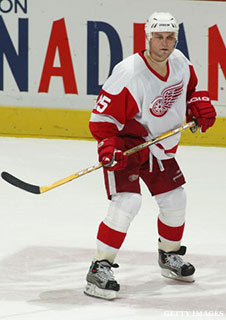
In the Windsor Star, the day after our appearance at the Gibraltar Trade Center, Lemieux was quoted as saying that getting together with me was easy.
“I always actually admired the way he played, admired the way he stuck up for his teammates,” Lemieux said. “I admired everything he brought to the game. But if we got on the ice today and competed, it wouldn’t change the way I would play and it wouldn’t change the way he played."
We were supposed to sign from 2:00 to 4:00 pm, but the crowds were so big we signed until about 8:00 that night.
Just to show how time heals all wounds, Lemieux agreed to sign “Turtle” on some of the photos he signed. He seemed to have fun at the event.
Time didn’t heal everything for some fans. A few yelled "Turtle" as Lemieux walked to the signing area. Honestly, there were some who wanted me to beat up Lemieux again right there in Taylor, Michigan.
Lemieux donated his fee directly to charity. All of his signing fees go to charity.
In hindsight, I should respect Lemieux. He made no excuses for the way he played.
He played on the edge. I should understand that because I played on the edge. But I think I knew the location of the line that shouldn’t be crossed. He didn't seem to know where that line was.
What is sometimes lost in the memory of Bloody Wednesday is that we won the game. To me, that was the most important aspect of what occurred on the ice. If we had won the battle, and then lost the game, it would not have had the same impact on our team. We needed to prove to ourselves that we could physically dominate them and also beat them on the scoreboard.
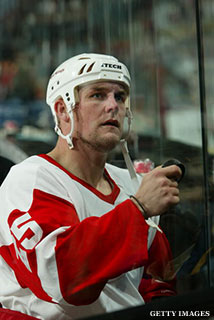
This was the night that the Red Wings laid the foundation for the back-to-back championships in 1997 and 1998 and another title in 2002. It was the night we started to see ourselves as an unstoppable force.
From 1996 until 2002, the Colorado vs. Detroit rivalry was the greatest rivalry in all of sports.
When you consider the storyline, the drama, the physical play, and the offensive play, that contest might have been the most entertaining game of the 1990s. The game featured 11 goals and 39 penalties, including 18 fighting majors. The Avalanche led 5–3 early in the third period, but Marty Lapointe and Shanahan scored 36 seconds apart to tie the score.
Now that I'm in retirement and living in Florida, I meet people who don't know hockey. I like to introduce them to the sport by showing them the video of that game.
At least once per year, I feel the need to pull out the tape and watch it.
-- Excerpted by permission from My Last Fight: The True Story Of A Hockey Rock Star by Darren McCarty with Kevin Allen. Copyright (c) 2013 by Darren McCarty and Kevin Allen. Published by Triumph Books. All rights reserved. No part of this excerpt may be reproduced or reprinted without permission in writing from the publisher. Available for purchase from the publisher, Amazon, Barnes & Noble and iTunes.

